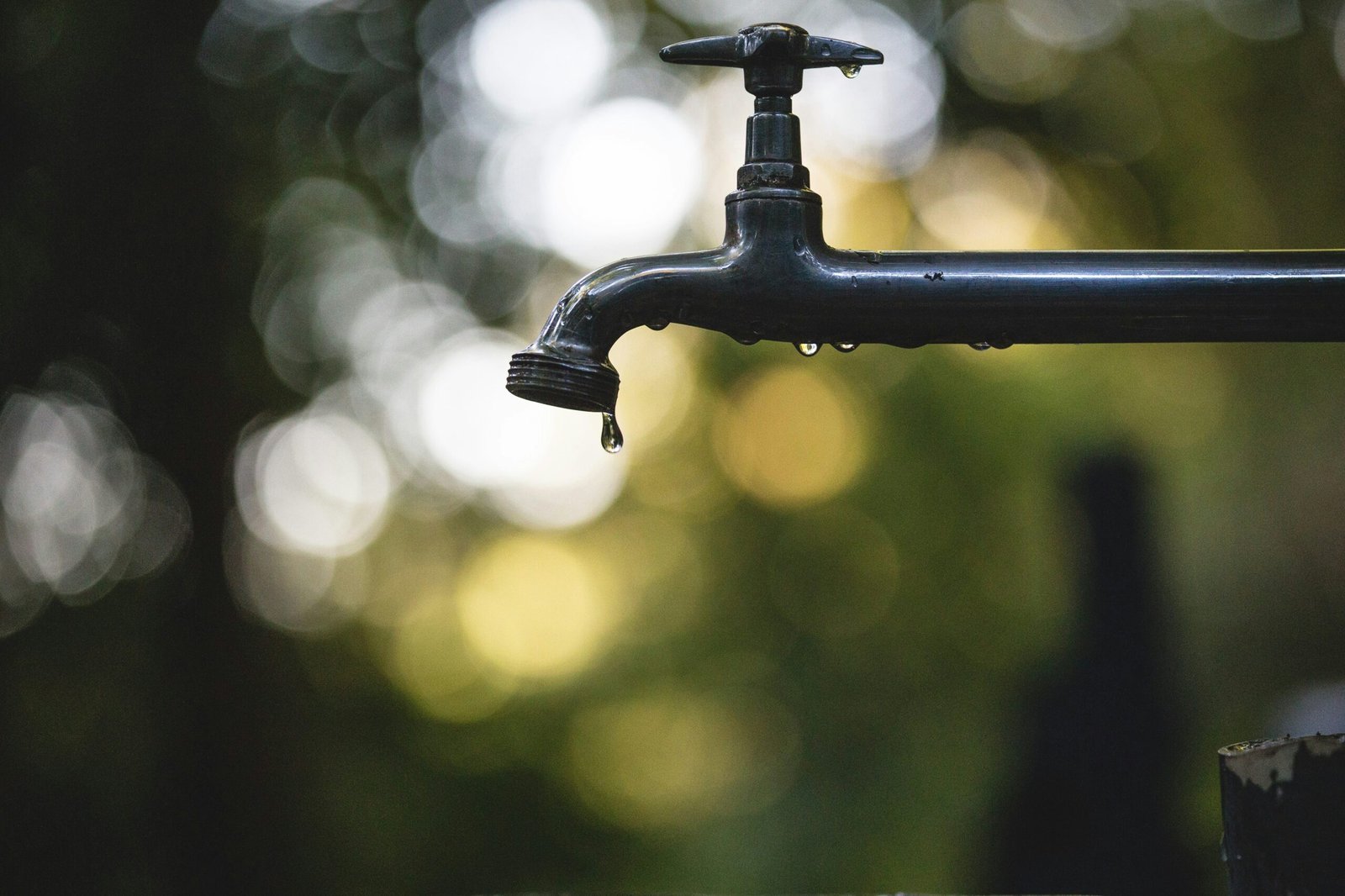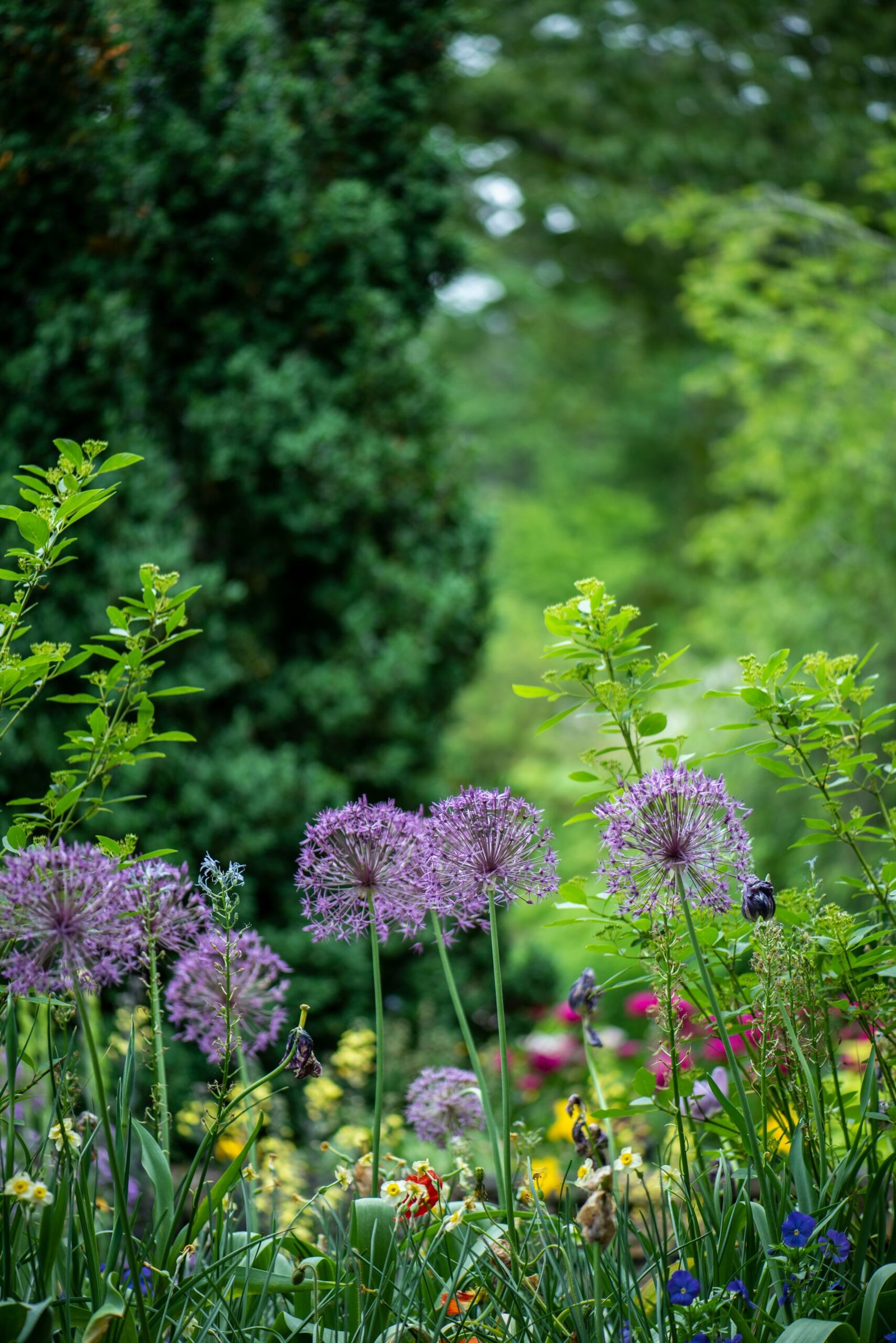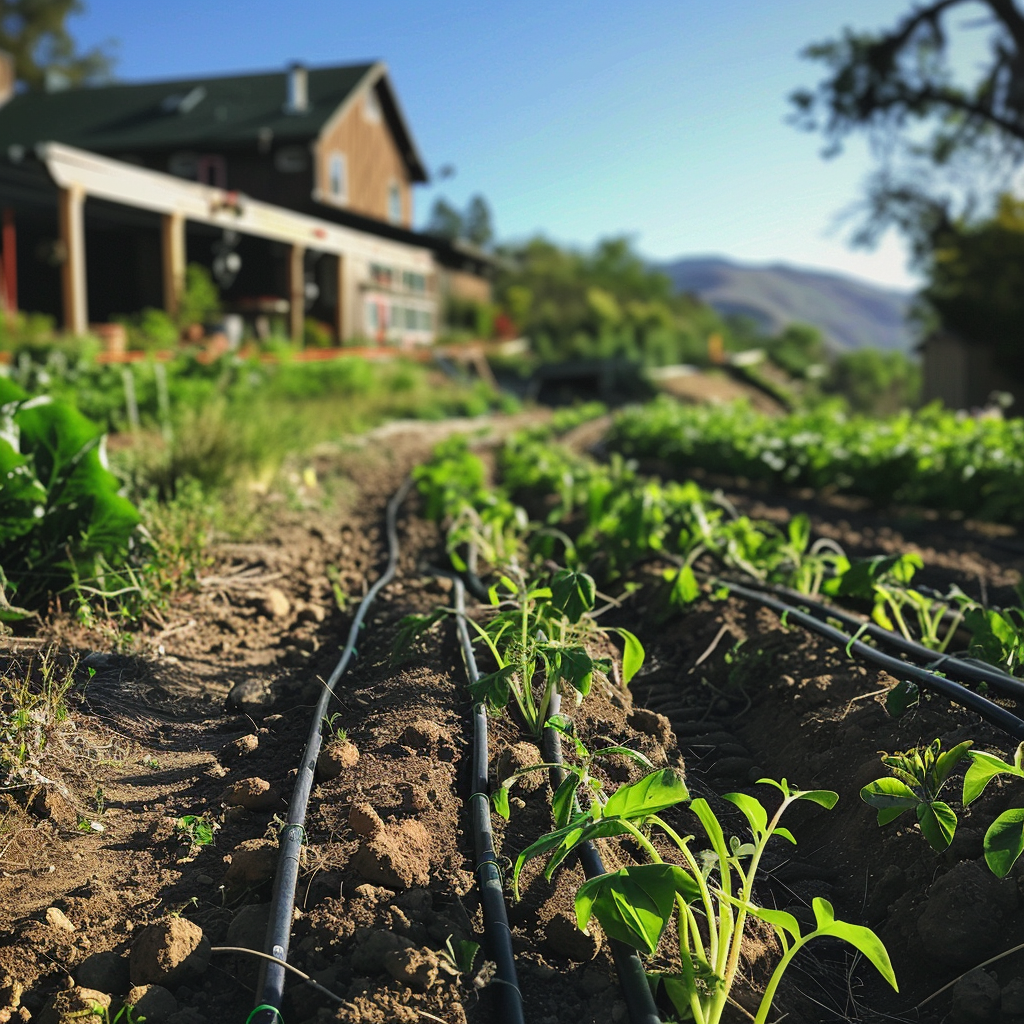Introduction:
Drip irrigation is a highly efficient method of watering plants that offers numerous benefits compared to traditional watering methods. By delivering water directly to the roots of plants, drip irrigation conserves water, improves plant health, and saves time. In this guide, we will walk you through the process of creating a DIY drip irrigation system for your home garden.
Materials and Tools Needed:
Before getting started, gather the necessary materials and tools for setting up a basic drip irrigation system. Here’s a list to help you get started:
1. Tubing: Choose a durable and flexible tubing material such as polyethylene or PVC. The length of tubing will depend on the size of your garden.
2. Emitters: Emitters control the flow of water to individual plants. Select the appropriate type and flow rate based on the water needs of your plants.
3. Connectors: Connectors, such as tees and elbows, are used to join sections of tubing and create a network of irrigation lines.
4. Filters: Install filters to prevent clogging of emitters and ensure the longevity of your system. Mesh filters are commonly used for this purpose.
5. Pressure Regulators: Pressure regulators help maintain a consistent water pressure throughout the system, preventing damage to emitters and tubing.
6. Timer: A timer is essential for automating the watering process and ensuring consistent watering intervals.
When it comes to materials, you can choose to purchase a drip irrigation kit that includes most of these components, or you can repurpose items such as plastic bottles or PVC pipes to create your own system.
In terms of tools, you will need a few basic items:
– Scissors or a tubing cutter to cut the tubing to the desired lengths.
– A hole punch or a small drill bit to create holes for the emitters.
– A measuring tape or ruler to plan the layout of your system.
– A shovel or a garden trowel to bury the tubing in the soil.
Planning Your Layout:
Before installing your drip irrigation system, it’s important to plan the layout to ensure optimal watering for your plants. Consider the types of plants in your garden, their water needs, and the size of the area to be irrigated.
Start by mapping out your garden area on paper or using a digital gardening tool. Identify the different zones based on the water requirements of your plants. For example, plants that require more water, such as vegetables or thirsty perennials, should be grouped together in one zone.
Next, determine the location of your water source, whether it’s a faucet or a rainwater collection system. This will help you plan the placement of your main water supply line.
From the main water supply line, run the tubing along the edges of each zone, making sure to position the emitters near the base of the plants. Use connectors to join sections of tubing and create a network of irrigation lines.
Consider the slope of your garden and adjust the layout accordingly to ensure even water distribution. If needed, install pressure regulators to maintain consistent water pressure throughout the system.
Installation and Maintenance:
Once you have planned the layout, it’s time to install your drip irrigation system. Start by connecting the main water supply line to your water source. Use a timer to automate the watering process and set the desired watering intervals.
Next, cut the tubing to the required lengths and attach the emitters to the tubing using the hole punch or drill bit. Place the emitters near the base of each plant, ensuring that they are securely attached.
Bury the tubing in the soil, making sure it is not exposed to sunlight to prevent degradation. Use a shovel or garden trowel to create a shallow trench and cover the tubing with soil.
Regularly check your drip irrigation system for any leaks or clogs. Clean or replace the filters as needed to maintain optimal water flow. Adjust the watering schedule based on the needs of your plants and the weather conditions.
Conclusion:
Creating a DIY drip irrigation system for your home garden is a rewarding project that offers numerous benefits. By conserving water, improving plant health, and saving time, drip irrigation is a smart choice for any gardener. With the right materials, tools, and planning, you can easily set up a system that will keep your plants happy and thriving. So, go ahead and give it a try – your garden will thank you!
References:
– “Drip Irrigation for Every Landscape and All Climates” by Robert Kourik
– “The Drip Irrigation Handbook” by Charles M. Burt and Stuart W. Styles





